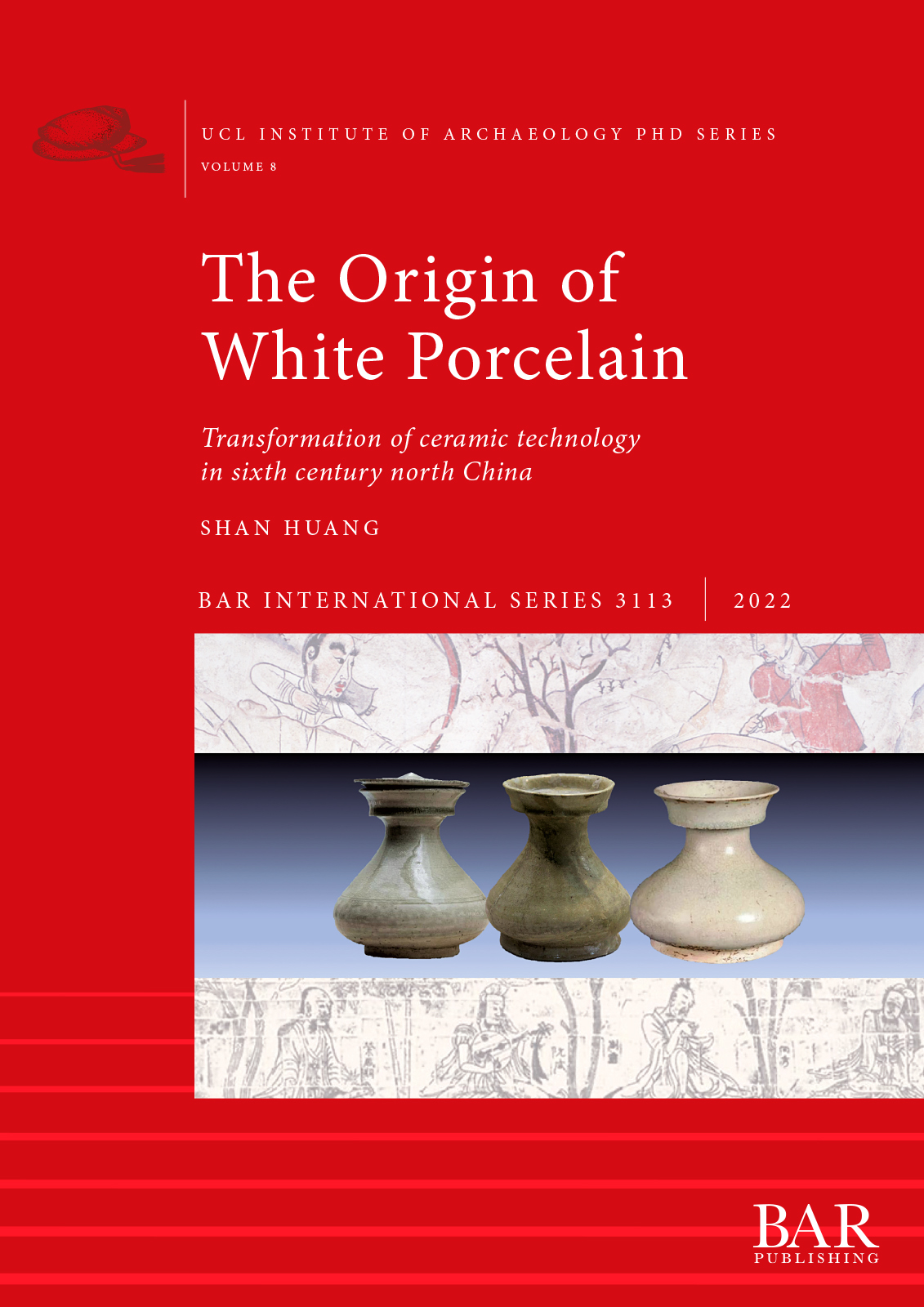The effects of tectonic processes on archaeological sites are evidenced by earthquake damage, volcanic eruptions, and tsunami destruction. However, these processes affect a far broader sphere of landform structures, environment, and even climate that envelops an archaeological site and triggers human behavioural activities.
SEAA News Blog
New fieldwork or research discoveries? Upcoming conference or workshop? New job opening or fellowship posting? New book?
Share the latest news of your work with your colleagues, advertise for job or fellowship openings, find participants for your conference session and more on the SEAA blog.
Guidelines: All posts should be related in some way to East Asian Archaeology. When writing your post, please use capital letters for surnames. Original script (Chinese, Korean, Japanese) for East Asian place names, personal names, or archaeological terms is encouraged. For the transcription of East Asian language terms, Pinyin for Chinese, Hepburn for Japanese, and the Korean Government System (2000) for Korean is encouraged.
Contributions should be limited to around 500 words and 1-2 images. For longer descriptions of your projects, you may consider the Reports section of the Bulletin (BSEAA).
Members can submit their news posts to the SEAA web editor via the website (see SEAA Members' Area for details and instructions on blog submissions) or via email. Non-member contributions are also welcome and may be submitted via email to the SEAA web editor.
The editor(s) reserves the right to carry out minor editing, or to decline contributions inappropriate to the objectives of SEAA.
The sixth century saw a major transformation of ceramic technology. It initiated an era characterised by porcelain and polychrome decoration that overturned the earlier pattern of earthenware and stoneware production that had been used for thousands of years. However, the process of this dramatic transformation has been unclear. The Origin of White Porcelain focuses on the typo-chronology of three major categories of glazed ceramics recognised with in-situ pXRF analysis of items discovered from sixth-century burials in north China.
Dr. Anke Hein (Oxford University) is offering an internship opportunity (with funding) on Tracing elusive female scholars in Chinese archaeology in the summer through UNIQ+ Internship Program.
The European Research Council (ERC) Advanced Grant project: The Wall: People and Ecology in Medieval Mongolia and China at The Hebrew University of Jerusalem under the direction of Prof. Gideon Shelach-Lavi is offering fellowships beginning October 2023 or as soon as possible thereafter.
We hope everyone is off to a good start for the New Year! We at the Executive Board of SEAA are happy to announce that from now on we will be publishing a quarterly newsletter (Jan / April / July / October) that highlights some of the amazing work that our membership is doing around the world.
The Society for east Asian Archaeology held its first online book talk via Zoom on Thursday 8 December 2022. The talk featured Dr. Wengcheong Lam (Chinese University of Hong Kong) and Dr. Qin Cao (Oriental Museum, Durham University) on the launch of their new books, “Connectivity, Imperialism, and the Han Iron Industry” and “Weapons in Late Shang (c. 1250-1050 BCE) China: Beyond Typology and Ritual”. Also in attendance is Dr. Rowan Flad (Harvard University), the series editor for the Routledge Series in Chinese Archaeology, who served as discussant.
The Pennsylvania State University invites applicants for its annual Global Asias Summer Institute, to be held June 19–23, 2023.
Institute participants spend a week reading and thinking about the annual theme, as well as significant time workshopping their work in progress. Particularly strong work will be considered for publication in an upcoming special issue of the award-winning journal, Verge: Studies in Global Asias.
The Board of EAAA is pleased to announce the new call for papers for the 3rd EAAA conference to be held at University of Ljubljana, Slovenia, between 13 and 17 September 2023. The 3rd conference, planned for 2020, that had to be cancelled due to the pandemic will now finally take place. The conference is jointly organized by the European Association for Asian Art and Archaeology (EAAA), the Department of Asian Studies at the University of Ljubljana and the Science and Research Centre Koper, Slovenia.
The Society for East Asian Archaeology (SEAA) will be hosting its very first virtual book talk! Join us on Thursday 8 December 2022 at 7-9 am (EST)/12-2 pm (GMT)/ 8-10 pm (CST) as we celebrate with Dr. Qin Cao (Oriental Museum, Durham University) and Dr. Wengcheong Lam (Chinese University of Hong Kong) on the launch of their new books, “Weapons in Late Shang (c. 1250-1050 BCE) China: Beyond Typology and Ritual” and “Connectivity, Imperialism, and the Han Iron Industry”. Also in attendance is Dr.
ACLS has just opened the second competition for The Robert H. N. Ho Family Foundation Buddhism Public Scholars, an initiative made possible by The Robert H. N. Ho Family Foundation's renewed financial support to ACLS for its Program in Buddhist Studies.



